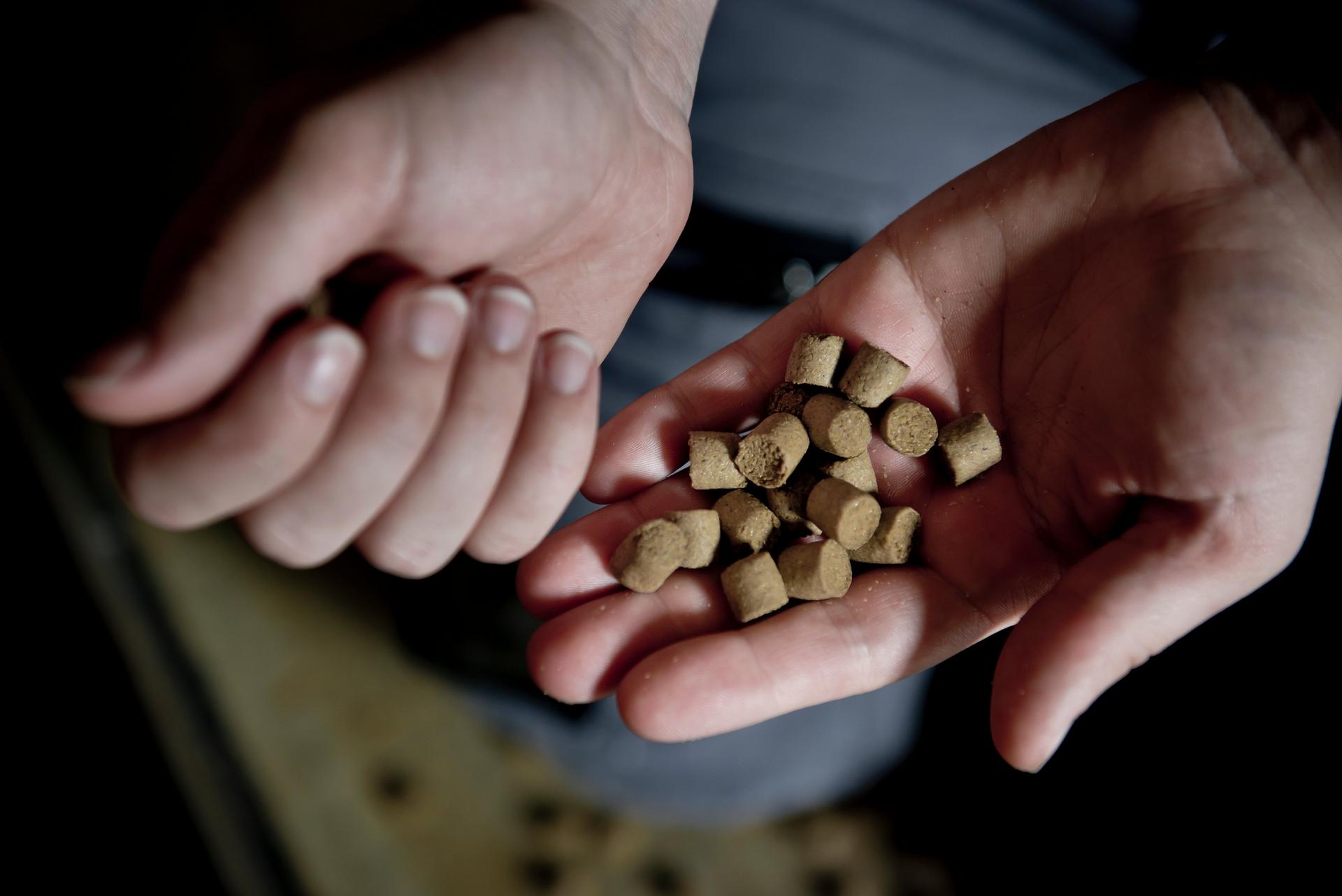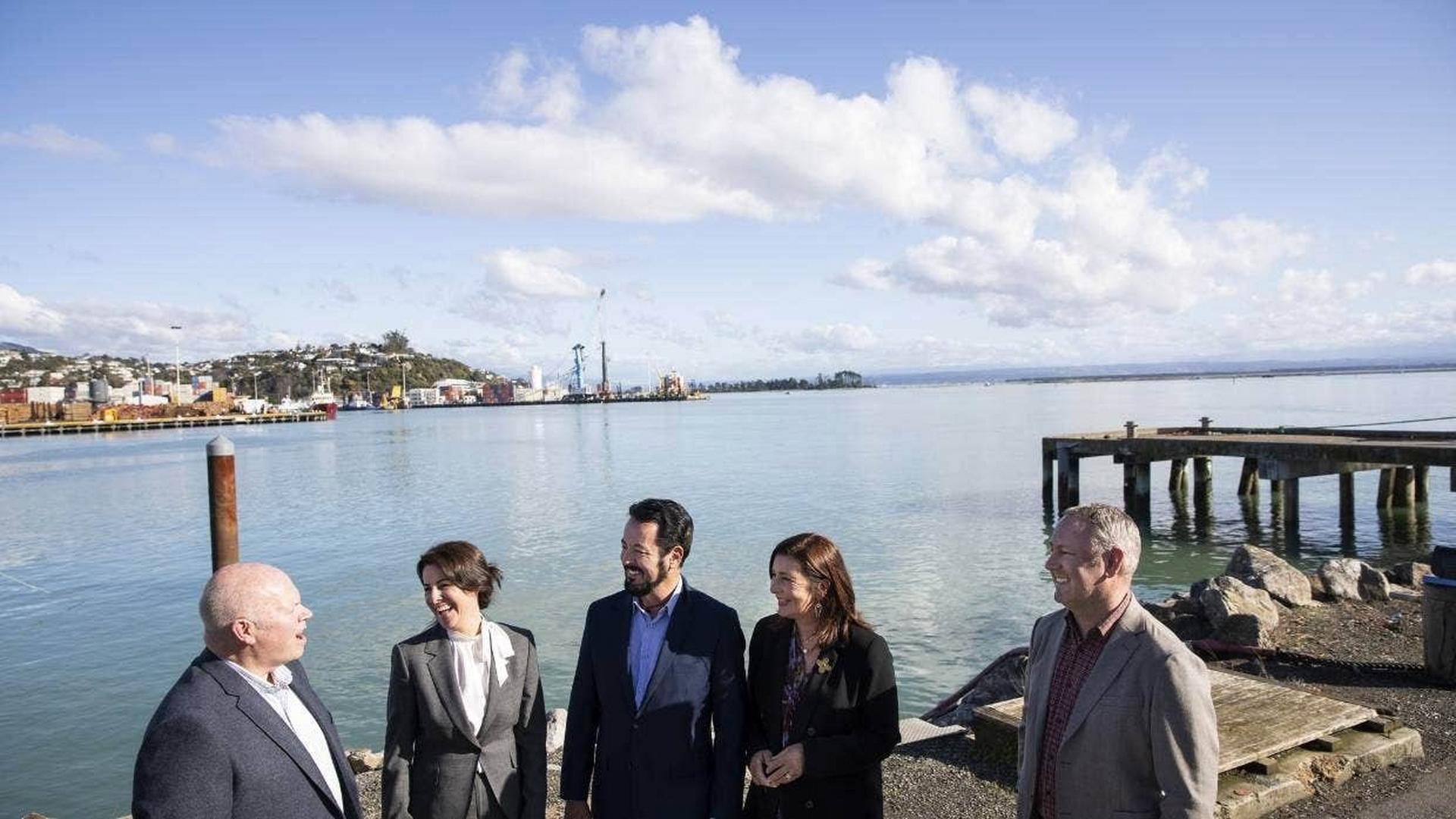- Restorative
- BioSustain
Circular Economy Thinking
BioMar seeks to decouple feed supply chains from directly competing with food for human consumption.

Climate change caused by Greenhouse Gas Emissions (GHGs) is one of the biggest threats to the planet and its inhabitants.
Carbon footprint is a measure of the cumulative GHG emissions from the lifecycle of a product or service expressed in CO₂ equivalents.

Global food production is currently operating beyond planetary boundaries for a sustainable future.
Aquafeed should therefore be decoupled from environmental degradation and direct competition with human food production.

Marine ingredients are limited resources that should be used responsibly.
The FFDR is a measure of forage fish equivalents utilise to produce one unit of farmed seafood.

Results (3)

BioMar seeks to decouple feed supply chains from directly competing with food for human consumption.

During the pandemic, supplies to New Zealand were severely interrupted, causing significant delays and potentially catastrophic ramifications for the aquaculture industry in New Zealand.

During the pandemic, supplies to New Zealand were severely interrupted, causing significant delays and potentially catastrophic ramifications for the aquaculture industry in New Zealand.